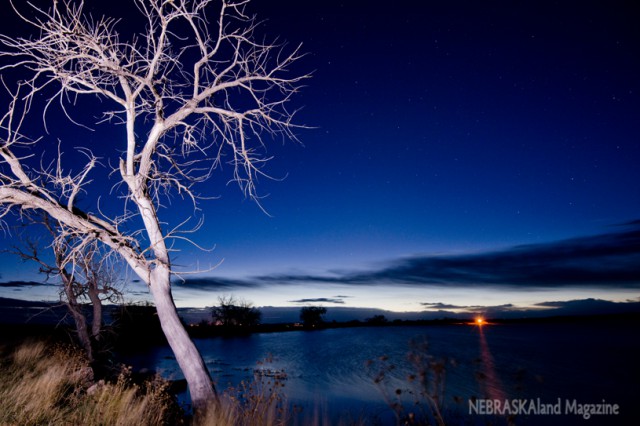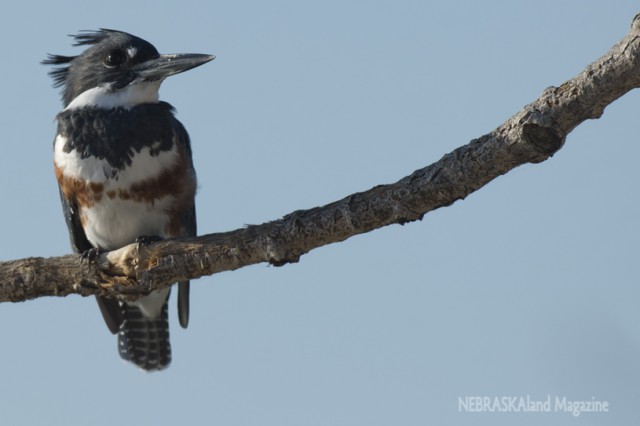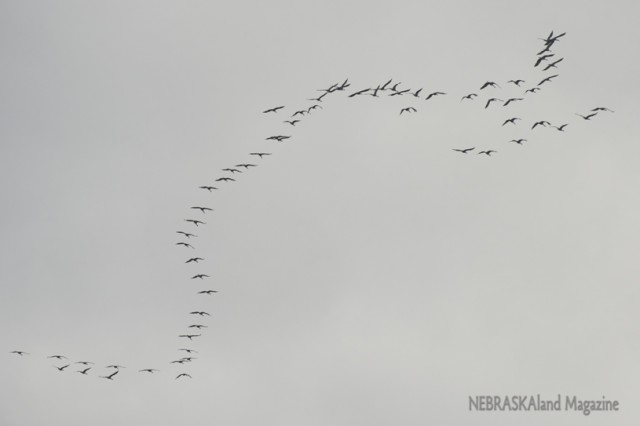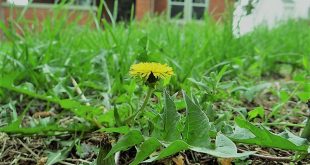
One day this week I set out early looking to capture photos of migrating sandhill cranes which commonly stay over in our area on their journey southward this time of year. Even though I had heard promising reports from the previous night I didn’t find where the cranes had roosted. I did, however, capture the above image which I believe is worth keeping.
One of the challenges in landscape photography is recognizing the portion of a scene that makes it interesting and finding the best way to show it. Lighting can make all the difference.
At Whitney Lake Wildlife Management Area a number of large trees along the shorelines have died and their mostly bark-less wood has whitened with age. The trees have a distinct appearance and provide good perching areas for birds.

I’ve photographed the trees several times at each end of the day but have never been too happy with the results. The finished image just never seems to show the contrast of the white trees against their surroundings in the way my eyes see them. At least not in a pleasing way. On Monday morning, during what is often referred to as the blue hour, I might have come closer to showing their beauty.
The above image was photographed at 16mm from a tripod facing east with the rising sun creating a glow over the horizon. It’s a 15-second exposure, which gave me enough time to move left of the tree after pressing the shutter (with a two-second timer delay to avoid camera shake). From there, I used a hand-held LED light with a color temperature setting to project a cold light on the tree, accentuating the white wood.
With an aperture of 5.6, the little starburst from the light at the boat ramp wasn’t expected but came as a pleasant surprise. The clouds also did me some favors.
The image required only some basic touching up in processing. During the RAW conversion, I bumped up the exposure (which probably wouldn’t have been necessary had I been paying closer attention while shooting) and added some fill light to bring out some detail in the water and other areas.
The expectations weren’t too high that morning and I figured the few images I captured would end up in the trash. When I pulled this one up on my computer monitor I was pleasantly surprised. If I could shoot it again, I’d likely use a higher ISO than 140 to boost the exposure and maybe get those stars to pop a little brighter. Regardless, I’m happy with the way it turned out. Hope you are, too.
Now, where did those cranes go?

 Nebraskaland Magazine
Nebraskaland Magazine



